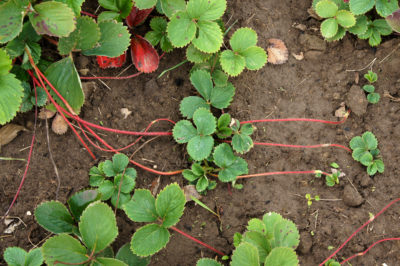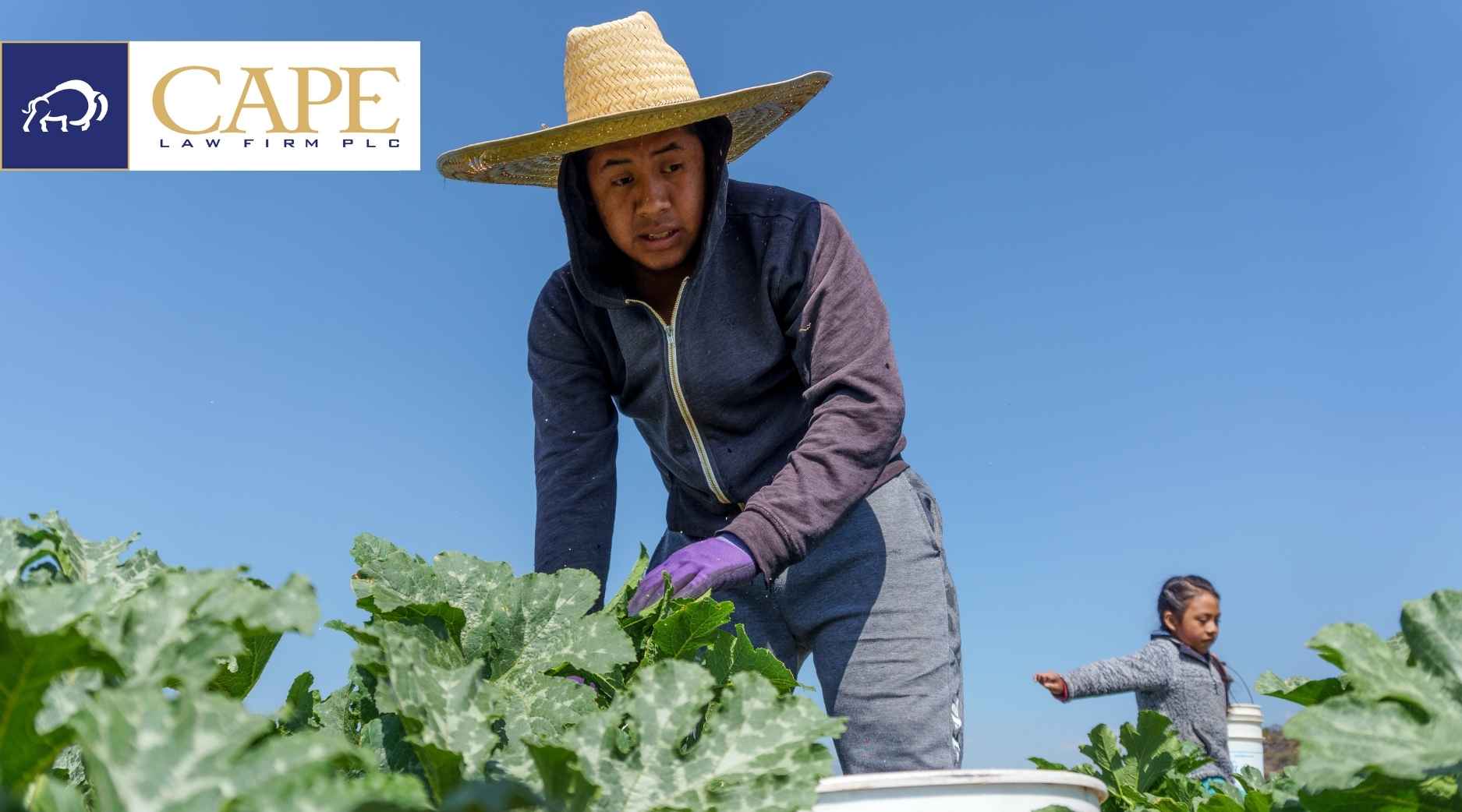Asexually reproduced plants (think about strawberries, garlic, ginger, etc.) gained a new method of federal intellectual property protection with the 2018 Farm Bill. The Plant Variety Protection Act, originally aimed at sexually reproduced plants (from seed) was amended to include asexual reproduction.

The 2018 Farm Bill made only a handful of changes to the Plant Variety Protection Act (PVPA), but the changes sweep in a much broader scope of protectable material by including asexually reproduced plants. Four sections of the PVPA were tweaked by the Farm Bill:
- The PVPA now includes a definition for “asexually reproduced,” which means “a method of plant propagation using vegetative material (other than seed) from a single parent, including cuttings, grafting, tissue culture, and propagation by root division.’’7 U.S.C. § 2401(a).
- Asexually reproduced plants were added to the category of plants that are protectable under the PVPA (previously only sexually reproduced plants and tubers were covered). 7 U.S.C. § 2402(a).
- A few grounds of infringement were amended to include asexual reproduction. 7 U.S.C. § 2541(a)(3).
- Finally, the prohibitions on False Marking were amended to included asexually reproduced plants. 7 U.S.C. 2568(a).
Weren’t plants already covered by other I.P. protections, like plant patents, or even by a utility patent? Yes, at least to a degree. Plant patents were introduced by the Plant Patent Act in 1930 to bring asexually reproduced plants within the general utility patent provisions of patent law. And over time, as plant breeding knowledge advanced, it was eventually recognized that plants could be protected by a utility patent if they could cross the high threshold required for new inventions.
These I.P. methods have not been very popular for various reasons. Plant patents are issued with only one claim that describes the entire plant. Also, the protection provided is limited to the exclusive right to asexually reproduce the plant. The patent owner only receives the right to reproduce the exact plant by cutting, grafting, or the like. These characteristics of plant patents make infringement difficult to prove. And while utility patents are much stronger, they were thought unavailable for many years and are just hard to get.
Protection under the PVPA should be easier and faster to obtain than either a plant patent or a utility patent. Still, the Supreme Court has pointed out on a couple of occasions that PVP is patent-like, but it isn’t a patent. In other words, it is not as strong as a utility patent. The protection of a PVP Certificate is subject to exceptions that avoid infringement (for example, the research exception). Variety owners should consider the different I.P. protections available and how they will be used in the marketplace as part of the commercialization plan.





